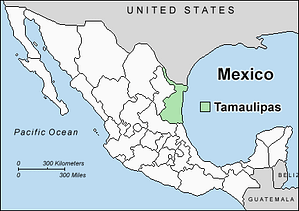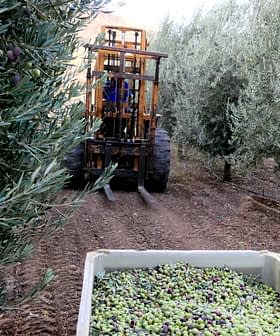By Daniel Williams
Olive Oil Times Contributor | Reporting from Barcelona
The town of Tula, situated in the Tamaulipas province in the northeastern part of Mexico, has been chosen as the site for a new olive oil processing plant. The company at the helm of the project, Aceites Tula, began sowing some 700 hectares, or 1730 acres, of olive trees six years ago with the financial support of the Mexican central government. After various consultations with specialists, the town of Tula was chosen for its favorable climatological characteristics.
.
 Victor de León Orti, secretary of the Mexican department of Rural
Victor de León Orti, secretary of the Mexican department of Rural
Development, stated that “current predictions project an average return of 10 tons of olives per hectare of land and these will then be continually processed into olive oil by the new plant which has the capacity to receive and transform 120 tons of olives daily.” [1]
Mr. de León Orti has predicted that the semi-arid province of Tamaulipas will soon become one of the most productive regions of the state as a result of the funding from state and federal governments. It is estimated that the olive oil processing plant cost the government and investors some 45 million pesos ($3.6 million), but experts predict that the investment is a sound one as the American demand for olive oil has increased considerably in recent years. The proximity of the Tula plant to the United States means easy access to American consumers
hungry for olive oil and paying top dollar in a worldwide pricing crisis.
Mr. de León Orti explained that a significant percent of the olive oil obtained from this new processing plant will be exported to the neighboring United States as the Mexican government has already established significant contacts with various American distributors. Any remaining olive oil will then be distributed across the Mexican national market.
Mexican authorities explained that the installment of the processing plant is simply one step in a larger long-term project. At present, Mexican olive farmers are bound by specific rental agreements and contracts with the processing plant and corporate land owners, but de León Orti foresees a time in the near future in which the olive groves will be passed on to these farmers. At that point, he predicts they will be able to sell their olives freely and directly to a variety of producers.
The project has some 1,400 hectares (3,460 acres) of olive groves in development. The government’s long term plan looks to increase the
amount to some 2000 hectares in the near future.
[1] “Será Tamaulipas el olivar de México”









